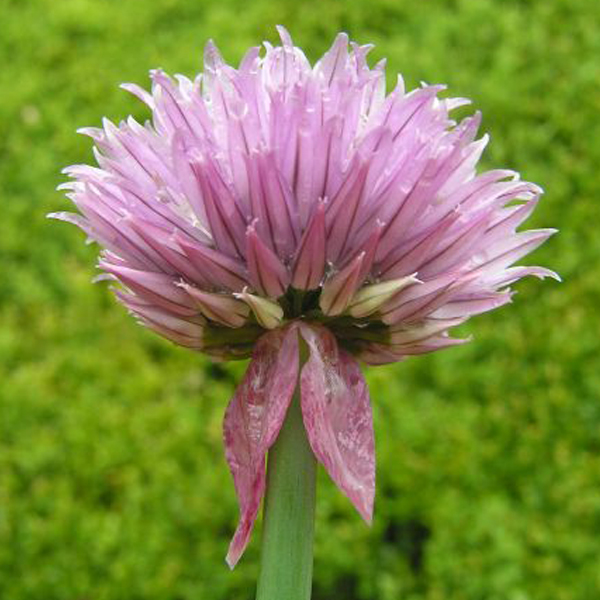
While it isn't difficult to grow herbs inside your home, it can be tricky when it comes to two important plant needs
Sunlight
When you consider that many herbs are Mediterranean plants, you understand why they need a lot of sunlight. To grow herbs in winter, choose a truly sunny window (southern exposure) that gets at least six hours of sun per day.
Because that can be a hard requirement to fulfill, many gardeners prefer to use grow lights instead or in addition to window light. Naturally, grow lights aren't as powerful as the sun, so let plants bask in their light 12 hours per day, rather than six (control the process with a timer).
Humidity
Chicago-area homes are notoriously dry in winter, so indoor herbs will need extra humidity to thrive. A few solutions for increasing moisture in the air around your plants:
- Set pots of herbs on a boot tray filled with river rocks or gravel, then add water to the tray.
- Use a humidifier in the room.
- Mist herb plants regularly—except for rosemary, which is prone to mildew.
- Group similar plants together, so they create their own little micro-climate in the room.
First-time herb grower
Visit to a nursery will yield baby herb plants that are perfect for a container, indoor window `box planter, or a large strawberry pot. The latter is a great way to create an instant indoor herb garden: place rocks or broken pottery pieces in the bottom of the pot for drainage, then begin to fill the pot with a light soil mix (potting soil with extra perlite or peat moss). Tuck baby herb plants—oregano, chives, parsley, mint—into each opening as the soil level rises, and finish with a cluster of herbs at the top (rosemary's height and straight-up posture makes it a good choice for the top spot). Set the mini-garden in a sunny window, turning the pot every time you water, so that all the plants get plenty of light.
More experienced indoor gardeners
Try growing annual herbs from seed. This is a good strategy for leafier herbs—basil, oregano, cilantro, dill—that germinate and grow fairly quickly. (Parsley can be started from seed, too, but be patient: it's slow to germinate.) Indoor herbs won't reach summer garden size or height; pinch baby plants like basil back to just above a set of leaves when young, to help stimulate extra branching.

Chives

Tricolor garden sage (Salvia officinalis) looks great, and tastes even better.

Bay laurel (Laurus nobilis) leaves and branches: Photo Credit, Forest & Kim Starr, CC BY 3.0 US, via Wikimedia Commons.
Advanced herb gardeners
May have already potted up herbs from their outdoor gardens (see sidebar) and brought them indoors, where they're within easy arm's reach of the kitchen stove.
- Chives are perennial, but a clump can be successfully dug up or divided to grow indoors for the winter. Any perennial will lose vigor without a cold dormancy period, so use up the indoor chives during the season, rather than recycling them back out into the garden in spring.
- Thyme can be repotted and brought inside; as with chives above, it's best to use it up during the indoor season.
- Tri-color sage appreciates a manicure (prune back spindly branches) and drier conditions.
- Bay laurel is a tender perennial that successfully moves indoors and out with the seasons.
Stevia
Can be started from cuttings of your summer plants. Baby plants of this naturally sweet herb make wonderful gifts at the holidays, too!
Karen Zaworski was a garden writer and photographer.

